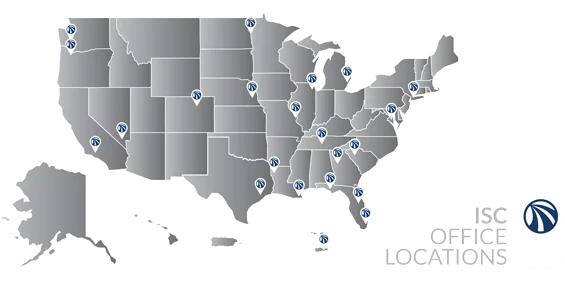FEMA created Seven Community Lifelines to help communities and emergency management professionals to understand, communicate incident effects and reassess incident information using plain language, to promote unity and help streamline the complexities of a community and to prioritize efforts to stabilize the lifelines during incident response or after a disaster.
FEMA SEVEN COMMUNITY LIFELINES
The following are the seven Community Lifelines: Safety and Security; Food, Hydration, Shelter; Health and Medical; Energy; Communications; Transportation; Hazardous Materials and Water Systems.
Growing Complexities of Communities & Lifelines
Our communities are complex and comprised of intricate relationships and interdependencies between the built and social environments and the functions they provide. When disaster strikes, the impacts to the community have a cascading effect and disrupt government and business functions that are essential to human health, safety, and economic security.
Over the past century, many communities have made significant investments in creating a vast network of critical infrastructure and essential resources that provide numerous benefits and function as central services to modern day activities. This investment continues today, resulting in an increasingly complex and interdependent network of critical infrastructure and key resources that grow to be more ubiquitous, accessible, reliable, and transparent as they mature.

ISC’s EXPERTISE IN COMMUNITY LIFELINES
For almost two decades, ISC and our team of experts has championed research and development devoted to
understanding the interconnectedness of vital community lifelines, their cascading impacts after a disaster,
and developing strategies for building resilient infrastructure and communities. From developing sophisticated methodological tools to evaluating over 4,500 indicators and measurements of community lifeline vulnerabilities to evidence-based methods assessing the interdependencies and cascading impacts of vital community infrastructure assets and key resources, ISC has served as an industry leader in Community Lifelines.
Our team of experts have developed methods that allow our clients to adhere to the programmatic directives
provided by FEMA while still delivering community-specific results that thoroughly investigate the vulnerability of a community’s vital lifelines, develop meaningful strategies to integrate this into a comprehensive
emergency management program, and design a roadmap for building a resilient tomorrow.

Community Lifelines Vulnerability, Risk & Resiliency Model
Our leading experts have been focused on developing Community Lifelines innovations and solutions for almost two decades. The Community Lifelines Vulnerability, Risk & Resiliency (CVR2) Model serves as a dynamic planning tool that utilizes proven hazard analysis strategies and processes to build partner consensus, ensure uniformity, and provide results that are operationally significant.
CVR2 operates by utilizing a number of input parameters consisting of hazard profiles, economic, social, physical community

vulnerabilities, other special community concerns. These inputs are assessed and evaluated to determine the risk to the community from a specific or multiple hazard threat(s). The output of the CVR2 Model is a prioritized indication of planning risk considerations that can be incorporated into the community’s comprehensive preparedness efforts, providing a foundation that will increase programmatic efficiency, operational effectiveness, and a unified common operational picture.
The CVR2 Model is a culmination of over 100 years of knowledge and incorporates over a decade of research of hazard risk assessment methodologies by several of the nation’s premier disaster researchers.
OUR CAPABILITIES
- Community Lifelines
- Continuity of Operations Planning
- Geographic Information System (GIS) Support & Services
- Homeland Security & Active Threat Readiness
- Planning, Training & Exercise Development
- Public Engagement & Information Support
- Public Health & Medical Support
- Threat and Hazard Identification Risk Assessment
Contracting Made Easy – Emergency Contract Vehicles
Following a declared state of emergency, the Federal Government allows local and state government to bypass their standard procurement policies and implement emergency procurement procedures. In times of emergency, understanding these unique contract vehicles can be essential in saving time, money, and resources. ISC has expertise working with these unique contract vehicles, which allow us to guide our clients on how to navigate the contracting process easily and expeditiously.
Contracting with ISC is easy, and a number of pre-established contract vehicles can be utilized to facilitate the procurement process
A program management software tool, A best-fit technology solutions for organizations and consulting companies.
The industry’s most powerful and intuitive comprehensive emergency program management and planning system. A complete platform of independent but integrated web-based tools designed to alleviate the burden on planning and preparedness professionals, OES means you can more effectively manage the comprehensive cycle of preparation, response, recovery, and mitigation.


